Webinar Replay: Boost Sales Outreach & Drive Conversions with Nimble’s New Email Sequences
Missed our recent webinar? No worries – we’ve got you covered! In this exciting session, the Nimble Team, including Jon Ferrara, Jenna Dreikorn, and Gabi


Missed our recent webinar? No worries – we’ve got you covered! In this exciting session, the Nimble Team, including Jon Ferrara, Jenna Dreikorn, and Gabi
Missed our recent webinar? No worries – we’ve got you covered! In this exciting session, the Nimble Team, including Jon Ferrara, Jenna Dreikorn, and Gabi
While exploring a WhatsApp CRM solution, I’ve realized that this requires a new number unassociated with any previous WhatsApp account. However, our business number has
I run a small e-commerce business selling handmade crafts, and things are starting to pick up. I’ve been keeping track of customer information on spreadsheets
All real estate CRMs are focused on leads, lead management and follow-up. I need a good CRM (or just software) to host property details (size,
Hi, I am looking for a CRM system for our company. Most of our requirements are straightforward, but we have 3 that are a bit
Hello! I own a small event venue and currently use Honeybook. For the most part, it has worked great for my needs. However, I have
In the competitive field of recruitment, sales professionals face a diverse array of challenges and scenarios that test their adaptability, strategic thinking, and communication skills.
Creating realistic and engaging role-play scenarios is crucial for sales training as it helps participants develop and refine their skills in a controlled, practice-based environment.
Sales role-playing exercises are essential training tools for real estate agents, helping them refine their selling skills, enhance customer interaction, and better understand the dynamics
Effective use of Nimble CRM, or any other tool, is rooted in your ability to establish a rhythm, a flow, that you can perform with
In the dynamic world of digital marketing, social media advertising agencies play a crucial role in shaping the success of diverse businesses ranging from local
I started working in a pediatric clinic as a secretary and I’m currently studying marketing. I would like to know if there is any platform
Hi, I’m building a website for a non-profit on WordPress using Breakdance Builder and WooCommerce, where we’ll be selling sponsorships and merch. We also have
Build a successful brand by giving before taking. Sounds crazy and counterintuitive, doesn’t it? We’ve been trained to think sales first, value second. But moving
Do you have any recos, please? submitted by /u/Moist_Confidence_245 [link] [comments]
Let’s say you’re on Outlook and you want to find one email with one person where you have mentioned one word. So, you now click
Hello there, In the YouTube video https://m.youtube.com/watch?v=mr5oDkKrO2k&t=1734s at minute 27, they show a platform or software that locates all customers on a map, allowing you
If you’re switching CRMs, the best way to see if a new platform will work for you and your team is to import data so
Hi, I’m looking for a CRM to manage multiple client email accounts I manage. I run an email marketing and BD agency. I have around
Is there a way to have a SQL Query run automatically within GoldMine? Right now I run the query, output to Excel, save and use
Can someone teach me how to make 💵 trading stocks submitted by /u/tomorrow_coin [link] [comments]
Hi all, I need help finding a CRM for an established Rogers-partnered retail store. We currently use Excel for tracking sales, leads, clients, and inventory;
We are launching a saas and our client asked us for recommendations. They are bootstrapping the entire thing a cashflow is a challenge right now.
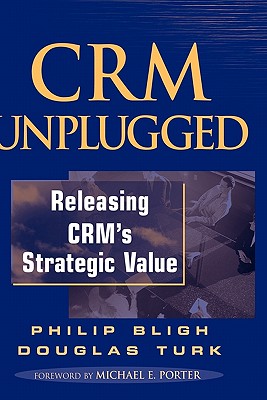
Building and maintaining a customer-centered enterprise cost-effectively is a hot topic and key business issue. This book provides the definitive work on how to derive return from investment. It shows readers strategies for successful CRM implementation into a company, and how to achieve a good ROI through CRM, and also details best practices.
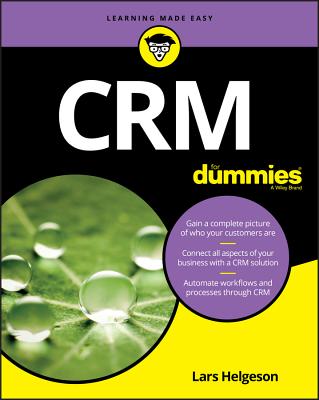

Save time, save money, and grow your business with more effective CRM CRM For Dummies is the small business leader's guide to managing customer interactions. Customer relationship management is a critical part of any business, and it encompasses everything from business strategy and HR to sales, marketing, events, and more. Solutions exist for businesses of any size, but how do you know which one is right for you? What features do you need? Do you have the people and processes in place to get the most out of whichever one you choose? This book is designed to help business leaders better understand effective CRM and identify the right solution for their business--but it's about much more than software; effective CRM requires appropriate team structures, intradepartmental collaboration, and process efficiency.
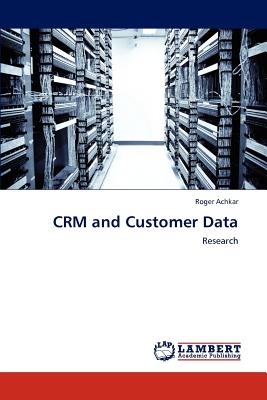

Customer relationship management (CRM) is that part of an enterprise's business strategy that enables the entire enterprise to understand, anticipate and manage the needs of any current or potential customer. One result of implementing CRM, and of effectively managing the many 'touch points' or customer interfaces, is the large volumes of data that are generated. The data can come from the company's face-to-face interactions with the customer, its direct mail, email or call center interactions, mass media, or market research. However, not many organizations have been able to use this data effectively. Therefore, the purpose of this document is to take a view on how today's organizations handle their customers' data. It takes us from the very first steps of collecting this data through using it (while introducing necessary changes) till the point of reusing it in order to deliver value to the customer.
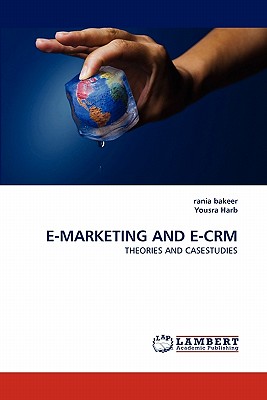

This book explored the concepts of electronic marketing (e-marketing), electronic customer relationship management (e-CRM) and Information and Communication Technologies (ICT) convergence to focus more on two case studies of two of the major market players in the mobile communication arena in Jordan; Orange Jordan and Zain Company. We have found that real-world case studies are effective teaching tools and very helpful to students in relating to this material. Therefore, we have included to original case studies at two chapters of this book. Although they are all faithful depictions actual situations in specific organizations, and they have been carefully selected to illustrate major concepts in this book.
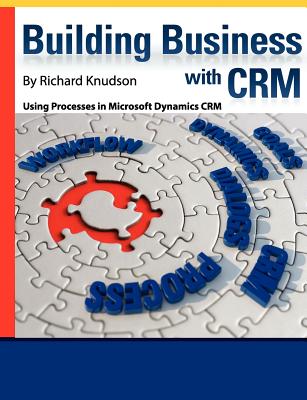

Just about every business has business processes. And those that don't probably should Dynamics CRM has many ways to gather and automate those processes, using the system you already have. In this book you'll be guided along from the fundamentals of business processes and how to use software to manage and drive these. Also we will do several deep-dives and learn about some hidden gems of CRM Processes to help your business processes flow well.
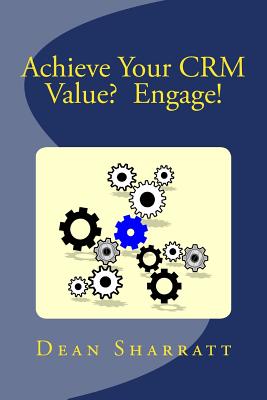

There is a general consensus that today's CRM business system implementations are technically successful, but fail to deliver their expected business value. This is not surprising as the business value is predicated upon a defined change in behavior of the sales force. The real effort to achieve this change does not commence until after the technical implementation of the CRM business system has occurred (i.e., gone live) and all the project technical and project management experts have gone home. This leaves the responsibility for achieving this change adoption solely in the hands of the sales organization. This is a daunting task, one which they were generally neither expecting nor prepared for. Consequently, to realize the business value of their CRM business system implementation, sales executives must engage, prepare their organization, and lead it through the successful change in behavior that will enable this value.


Cracking the CRM Code: How to Prevent Failures in Buying, Implementing and Using CRM Limesh Parekh (Author) Description COVID has changed the game for all of us. It has forcefully fast-forwarded everyone into a digital era. Now, we have no other choice but to adopt technology to run our businesses. Although small businesses are agile to adopt changes, sometimes adopting technology can be challenging. Three friends - Anubhav, Jagdeep and Irshad - are running different businesses of different sizes in various industries. One of them already bought and failed CRM and the others still thinking of buying one. Liladhar Shastri, their class-mate, guides them through this bumpy but exciting journey of making a decision and actually buying CRM, then implementing it, solving user adoption problems and growing their business with CRM.
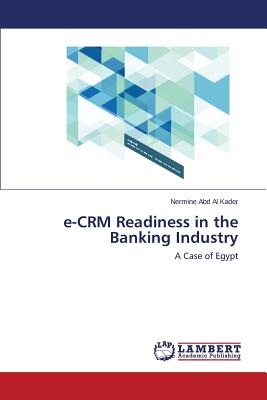

This study explores electronic Customer Relationship Management (e-CRM) in Egypt. A pragmatic research approach was employed. A framework is drawn in order to identify the main factors affecting e-CRM readiness in the Egyptian banking industry. In order to better understand the problem at hand, three different structured questionnaires were devised to survey a large number of bank employees and users. Data collected was analysed statistically using SPSS. Semi-structured interviews were also conducted with a small number of decision makers at five different banks, which allowed a more penetrating study in Egyptian banking industry. Quantitative method was used through distributing a questionnaire to employees in five banks.
Get monthly share allocations in disruptive businesses.